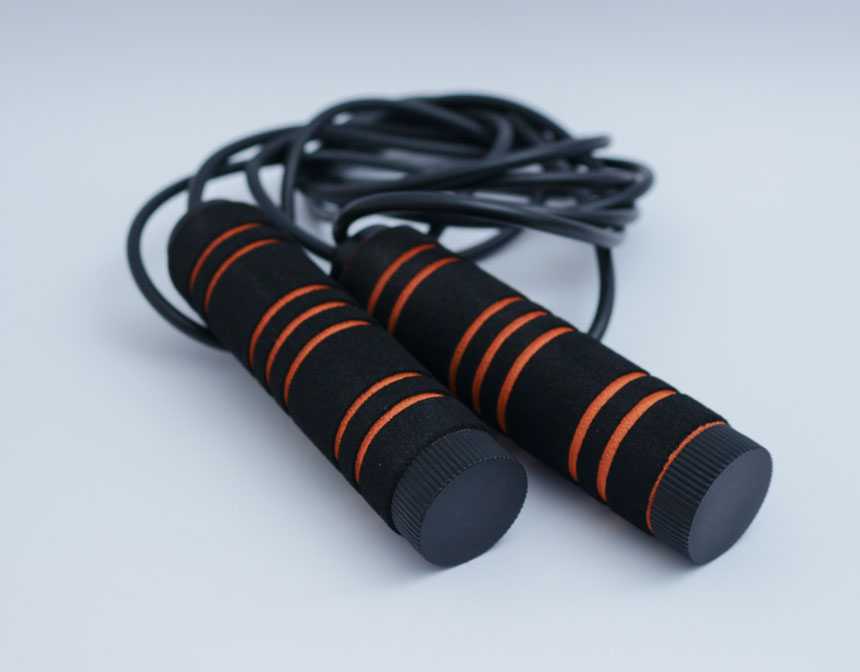What Is Pad Thai?
Pad Thai is a stir-fried rice noodle dish made by sautéing rice noodles, scrambled eggs, shrimp, chicken, or tofu, peanuts, bean sprouts, and other vegetables in a wok with a rich and delicious pad Thai sauce. It originated in Thailand around World War Two and was created by the Thai government to promote a sense of national unity. It is now common street food in Thailand and one of the most popular menu items at Thai restaurants around the United States. It is also called Thai-style stir-fried noodle.
How to Make Pad Thai?
These easy pad Thai noodles couldn’t be simpler to make. To make pad Thai, sauté garlic, bell pepper, shrimp, chicken, or tofu in a saucepan or wok and add beaten eggs. Once the eggs are cooked and scrambled, add noodles, bean sprouts, peanuts, and a pad Thai sauce made by mixing the fish sauce, soy sauce, sriracha hot sauce, light brown sugar, rice vinegar, and creamy peanut butter. Toss to combine and serve with green onions, roasted peanuts, cilantro, and lime wedges.
How to Make Pad Thai Sauce?
What is Pad Thai Sauce made of? Traditional pad Thai sauce is made of fish sauce, vinegar, sugar, and tamarind paste. The tamarind is responsible for the dish's signature sour flavor but can be substituted with ketchup or rice vinegar as it can be quite hard to find. The original pad Thai sauce now has many variants with peanut butter, cayenne pepper, etc., all of which deliver the perfect fusion of sweet and savory.
Is Pad Thai Gluten Free?
Yes! Pad Thai traditionally uses rice noodles that are completely gluten-free, although some soy sauce and fish sauce brands also contain wheat. When eating Pad Thai at a restaurant, ask about the ingredients to ensure it is gluten-free, and be sure to check the ingredient label if buying Pad Thai at a store.
How to Store Pad Thai?
You can store any leftover pad Thai noodles in the refrigerator in an airtight container for up to 3 days. Avoid freezing, as the rice noodles and shrimp will likely lose their texture and get mushy once thawed. Bake in the oven, microwave with a sprinkle of water, or sauté evenly on the stove to reheat.





















































